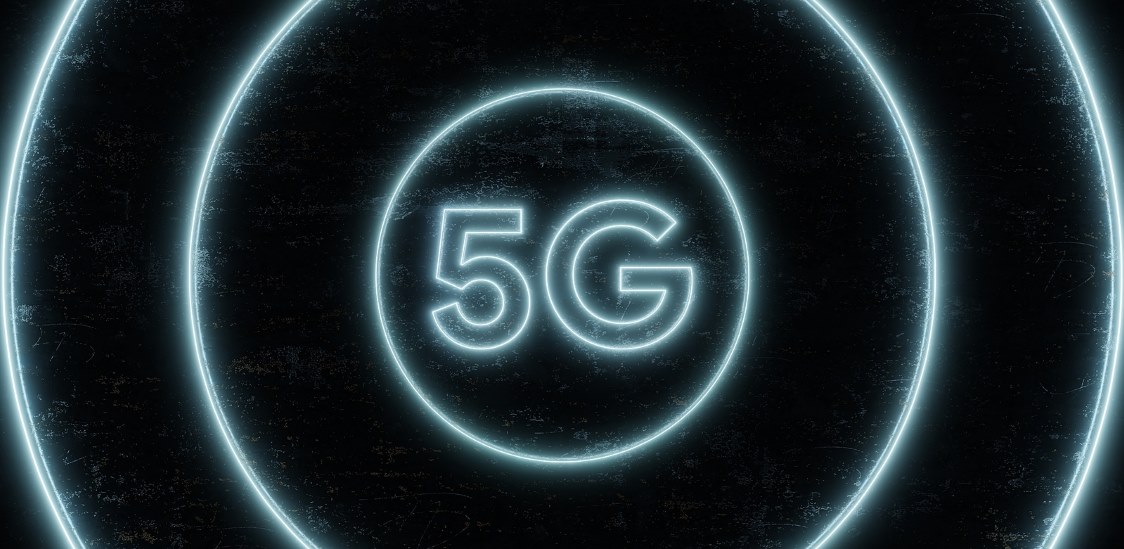After lengthy and repeated delays, there are now signs that 5G Standalone (SA) launches will meaningfully increase in 2024, marking the beginning of the 5G Advanced era. With this milestone on the horizon, we reflect on the critical role of Management and Orchestration in extracting the value of 5G SA - from enabling efficient operation, scalability, and flexibility of 5G networks to unlocking many of the new capabilities. As we shift from 5G hype to reality, we explore the potential to unlock new revenue opportunities through tailored 5G network orchestration.
Dynamic is the killer app
5G’s “killer app” is arguably the breadth of new use cases it can enable as a distributed, scalable, and highly resilient network. Unlocking new capabilities – customizable network slices, edge computing, quality of service guarantees, and more – all have one thing in common: a need for advanced Management and Orchestration solutions to deploy, scale, and optimize Cloud Native Network Functions (CNFs) and their underlying infrastructure to realize the dynamic potential of 5G.
There are several initiatives underway to address the advanced Management and Orchestration needs of 5G. One of which is the open source LF Networking project Nephio. Nephio is developing a Kubernetes based intent automation solution to provide Management and Orchestration capabilities at massive scale to automate the complex tasks of deploying and managing network functions and adapting the infrastructure to dynamically configure 5G topologies for advanced use cases in an efficient and cost-effective manner.
But scaling and cost efficiencies aren’t the only benefit of an advanced Management and Orchestration solutions. With dynamic orchestration comes the possibility of creating new services and delivering new customer experiences that will change the revenue outlook for CSPs for the better. For consumers and enterprises alike, CSPs will now be able to deliver hyper-personalized services on demand that they value, stimulating loyalty, spend and endorsements in their communities.
So what’s new?
Network management and orchestration concepts and solutions are not new. It has long been used to deploy and optimize networks in service of the broad subscriber base. Rather than being a shortcoming of traditional Management and Orchestration, this was the nature of previous network generations: they lacked the functions to support the fine-grained requirements of an individual user in a dynamic fashion. In pre-5G networks, therefore, Management and Orchestration primarily delivered efficiencies and benefits to the operator, rather than to a specific customer.
5G changes everything. The dynamic orchestration of 5G will enable services like time-based geo-specific network slices for bandwidth-intensive VR services at live sporting events. Like delivering low-latency gaming slices using edge computing resources near to each gamer, delivering immersive gaming experiences. Like boosting throughput on demand to enterprise manufacturers, ensuring critical production capabilities during peak hours. The opportunities to create new experiences and deliver unprecedented value are vast.
In this 5G context, Management and Orchestration takes on a new dimension. It is responsible for precision deployment, scaling, and optimization to meet specific customer demands, on-demand, crafting and customizing the network to address customer needs and expectations whenever, wherever, and however they need it.
The value is in the experience
Along with all other advances in the 5G specifications, the ability to monetize new services has expanded with the introduction of the Converged Charging System (CCS). With a CCS and its interfaces to range of new cloud native network functions, CSPs can now charge in new ways beyond minutes, messages, and megabytes. As of Release 3GPP 17, this means that the Management and Orchestration solution can invoke the CCS to charge for those dynamic lifecycle events as services are personalized and tailored for a specific customer. Lifecycle events include provisioning network slices, modifying network slices, provisioning edge resources, scaling edge applications, and many others – all which can now be monetized.
The value of Management and Orchestration will stem from configuring specific resources on demand, whether to assure a guaranteed SLA – something that was not previously possible – or to deliver a service starting at one time and ending at another, enabling the subscriber to dictate where and when she will pay for it and eliminate her being charged for something that she doesn’t use 90% of the month. Rounding out that enhanced customer experience means that all charges are always transparent to the customer. An enterprise customer, for example, might rely on a tailored, low latency 5G network connection with Service Level Agreements (SLAs). As the network and infrastructure are automatically adapted, that activity and any corresponding charges should be transparently visible to the customer, reinforcing the operator’s commitment to providing a distinct and valuable experience.
With the advanced capabilities of 5G Standalone (SA) expanding around the world, CSPs are increasingly trialing new services, the deployment of advanced Management and Orchestration, and new ways to monetize. Customer feedback is paramount to planning and executing broader rollout and next steps. Flexible approaches to monetization will streamline the process of trial and change. Some activity might be charged directly to the customer, while other activity could be encapsulated into a higher-level subscription charge, with or without a cap on the number of configuration events each billing period. The optimized approach to charging for orchestration will depend on numerous factors including customer segmentation, service evolution, the nature of the service offered, and the value of the instrumentation in enabling the enhanced customer experience.
Get designing!
A critical paradigm shift is taking shape at the intersection of new 5G features, real-time Converged Charging Systems, and network Management and Orchestration. As a result, CSPs now have a unique opportunity to design highly personal and tailored 5G communication experiences for consumers and enterprises. CSP Product Managers, if not already doing so, are encouraged to begin assessing how they will leverage Management and Orchestration to create compelling new 5G services for their portfolios. In tandem, they should embrace new charging capabilities and models that can now incorporate Management and Orchestration lifecycle instrumentation events. Embracing innovative charging models, emphasizing transparency, and leveraging customer feedback will be key in navigating this dynamic new landscape and harnessing these new capabilities to different in the 5G market.


















